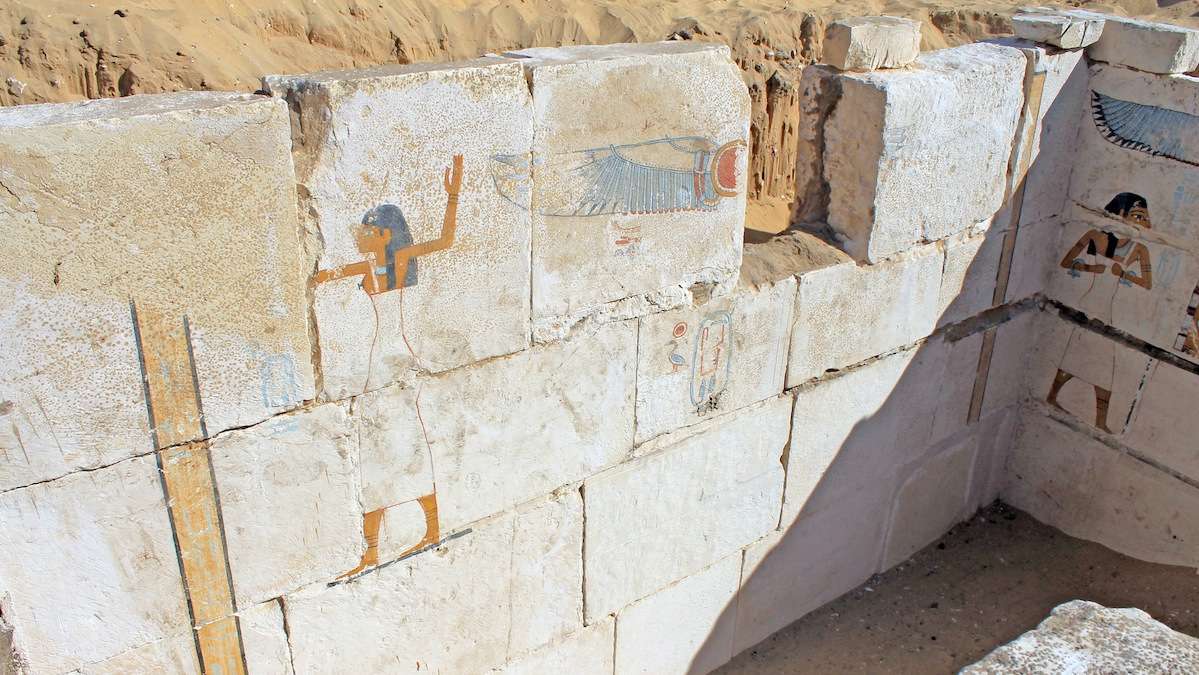Penn team’s discovery of royal tomb opens door on ancient Egyptian dynasty
Archaeologists from the University of Pennsylvania Museum of Archaeology and Anthropology have discovered an entire dynasty of Egyptian kings buried under the sand in Southern Egypt.
Last summer, Egyptologist Josef Wegner led a team to dig near the ancient city of Abydos, hoping to find a civilian cemetery. Instead, they discovered a compound of royal tombs that could contain 20 heretofore unknown pharaohs.
A year ago the tomb King Sobekhotep was found, but it had been plundered by the tomb raiders centuries ago. When Wegner’s team did some more digging, they discovered another king had used objects from Sobekhotep’s tomb — such as a Coptic cedar wood jar used to hold a pharaoh’s internal organs — for his own tomb.
“[It was] originally gilded, so the whole thing was gold-plated. Robbers took all of that away,” said Wegner. “But because the robbers had stripped it, it had an inscription that was covered over, and had the name of an earlier king, Sobekhotep.”
That second king turned out to be Senebkay, who lived around 1650 B.C. and was part of the Abydos Dynasty — a line of kings that had only been theorized about before.
Another Abydos king, who remains unknown, had evidently pilfered Sobekhotep’s 60-ton stone sarcophagus chamber, carved from a single block of red quartzite with a recess to accept a coffin.
“The thing is astounding to behold,” said Wegner. “Sixty tons cut for the coffin, from a quarry 400 miles away.”
The Abydos Dynasty lasted about 50 years, during what’s called the Second Intermediate Period, when when Egypt was going through hard times. Most of the region was dominated by non-Egyptian kingdoms from the north, with a few ragtag, independent kingdoms to the south. Ultimately, the southern kingdom would rise and drive out the northerners.
This new dynasty complicates the political dynamics when Egypt was not united. Evidence of kings dipping into previous kings’ tombs for materials describes a dyansty lacking in splendor.
“It does suggest they were a line of pharaohs of fairly modest means,” said Wegner. “It’s a kingdom that was probably stifled, with economic challenges, limited commercial links. These kings would avail themselves of building materials from an earlier pharaoh.”
Wegner says these frugal dynasties set up the conditions for Egypt’s later Golden Age, when pharaohs such as Ramses and Tut ruled in grand style.
WHYY is your source for fact-based, in-depth journalism and information. As a nonprofit organization, we rely on financial support from readers like you. Please give today.









